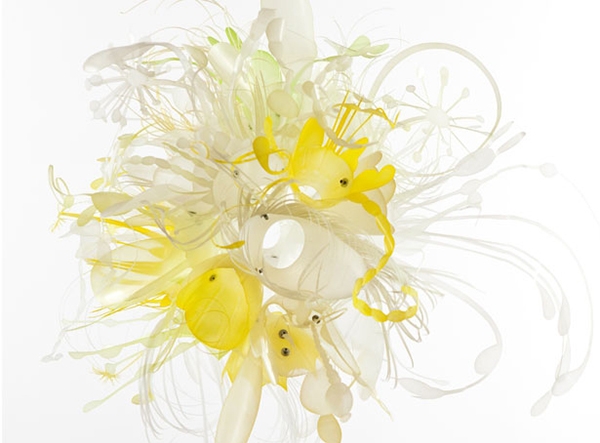News
Plastic. Its history, benefits and drawbacks through art
From being a key ingredient in medical supplies and refrigerator insulation to surfboards and toys, plastics are part of our world. Life as we know it wouldn’t exist without plastic. On the flip side, humans produce more than 300 million tons of plastic a year—and more than 7 million tons of it winds up in the ocean annually. A new exhibition at Honolulu Museum of Art Spalding House looks at the good and bad of plastic through art—and art making.

Why plastic, and why now? Since 2013, the museum’s Spalding House location has presented exhibitions using art to illustrate key aspects of a school curriculum, such as literature, science, math, and social studies. This year, as he was planning future shows, Spalding House director and curator Aaron Padilla wanted to expand the concept to create a multidisciplinary exhibition that focused on a single topic. At the same time, Kim Johnson, co-founder of the Kōkua Hawaii Foundation and the Johnson Ohana Charitable Foundation approached the museum about doing an exhibition that looked at plastic pollution, and something clicked.
Read the rest of James Pleasent's article here.